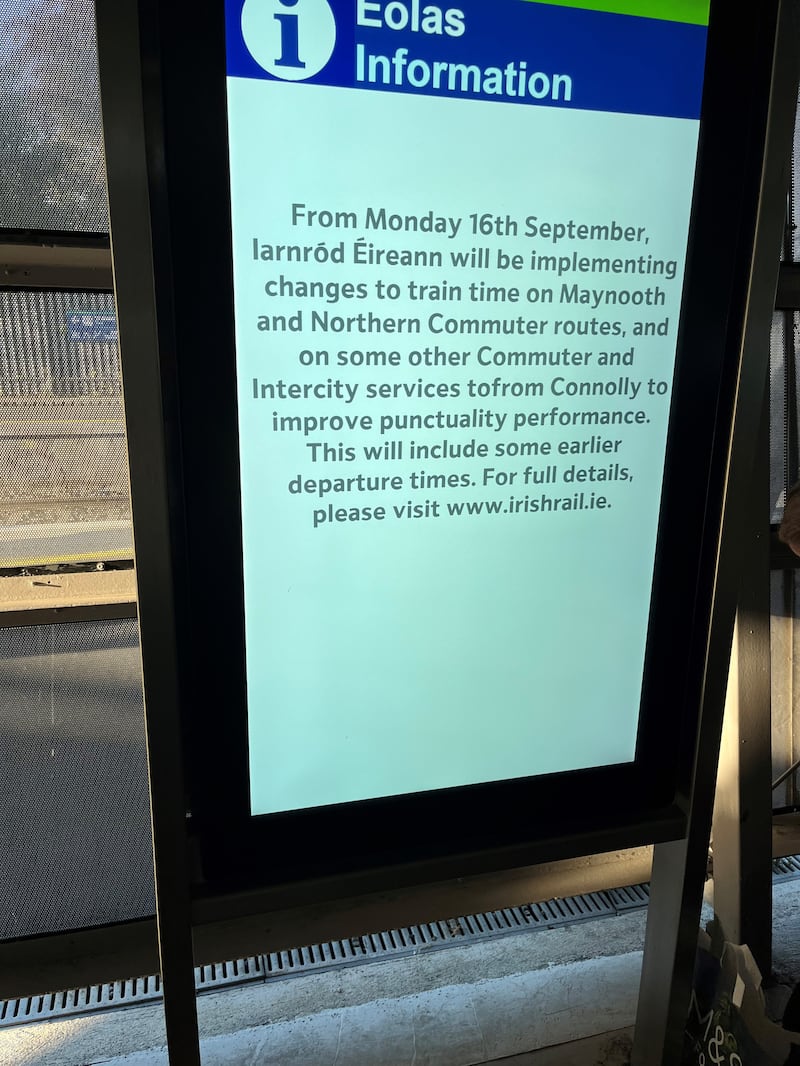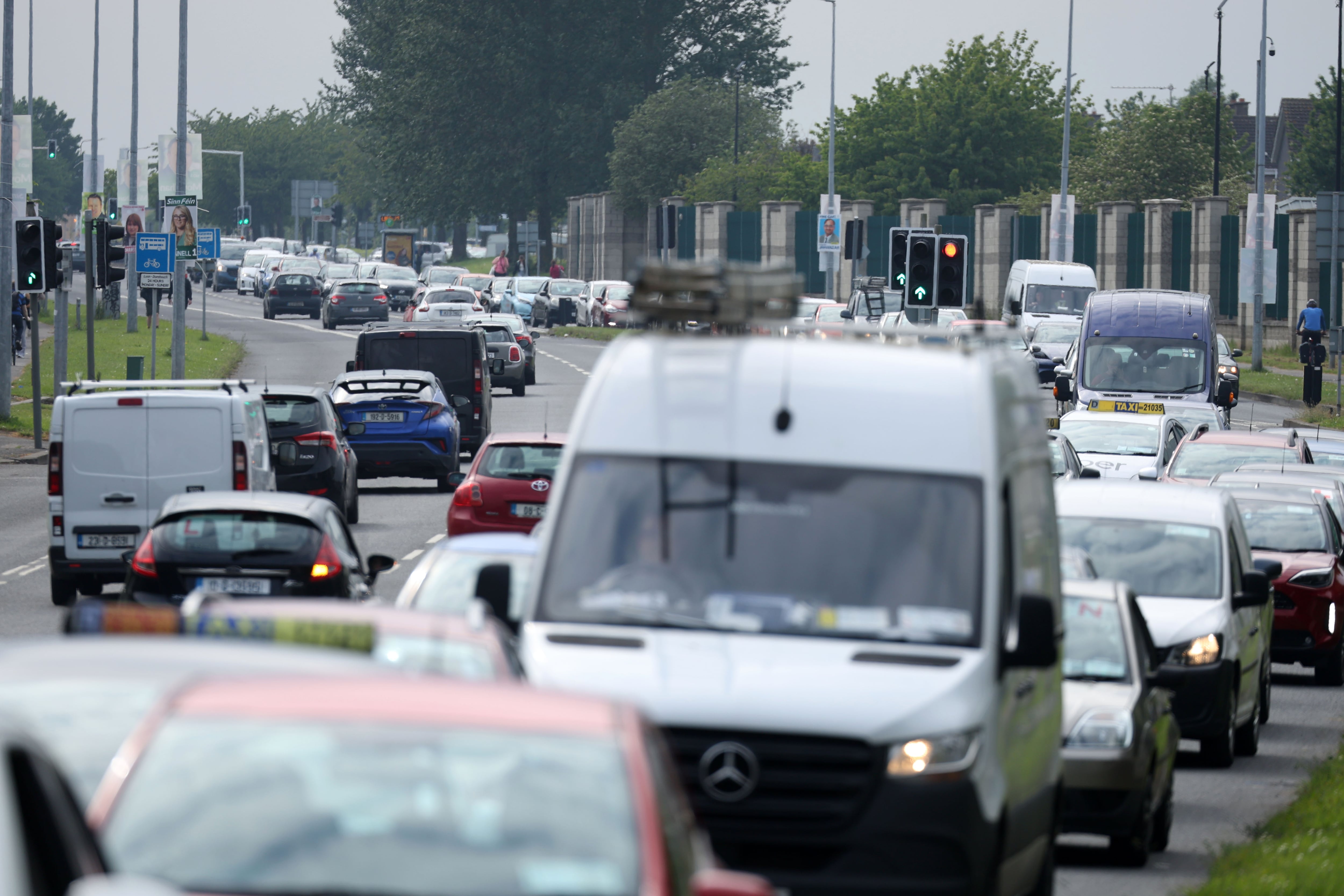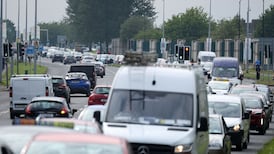Mike Stock, a lecturer in Trinity college, takes the train to work most days. Before August 26th, that worked reasonably well.
However, since that date a number of seemingly small changes to the train timetable have had a disproportionately large effect on the service, in Stock’s experience, with delays and overcrowding.
“It’s like the London Underground at rush-hour, with people pushing to squeeze on,” he said. “Except that the underground runs every three minutes.”
Quite often it has also left passengers behind entirely, he said. On more than one occasion last week his train passed through Donabate station – the last station before his commuter line meets up with the Dart line – with people unable to get on the train.
READ MORE
Then there’s the problem of delays as the trains get closer to Connolly at peak times, he said.
“Once you get past Clontarf Road Station you can sit there for 10 minutes, sitting on the rails in a hot, overcrowded carriage,” he said, referring to last week’s weather.
Amendments to the new timetable on September 16th by Irish Rail after many complaints don’t seem to have substantially alleviated the problem, Stock said, which has left commuters with two equally unappealing options: be late for work, or get much earlier trains to make relatively short journeys.
Passengers on several other lines coming through Connolly are affected, including the Maynooth line, the Phoenix Park tunnel line, as well as Dart and other commuter services.

Another commuter who has seen first-hand the effects of the changes is Alan Farrell, the Fine Gael TD for the Dublin Fingal constituency, who also happens to be the incoming chair of the Oireachtas transport committee.
“Right across the board, across all stations in the north county, we have received very negative feedback from commuters, particularly on trains after 7.30am,” he said, and he has experienced delays himself, even outside of peak-time. “Three weeks ago I wrote to the committee and said I’d like to call in Irish Rail to discuss the new timetable and the issues it has thrown up,” he said. “We will be having them in soon.”
Meanwhile, confusion grows over precisely what is causing the delays, and how such relatively minor changes have triggered such a significant set of problems.
Mark Gleeson, a spokesman for Irish Rail Users, the commuters’ lobbying group who is also a computer engineer by training, said, “I’ve never seen it this bad, but no one can seem to put their finger on why it’s gotten so bad.”
For Gleeson some of the problem is that the timetable is unworkable; some of it is that the profile of passengers has changed since the pandemic; some of it is chaos of forcing people to change more at Connolly, all of which creates a perfect storm of minor changes adding up to major knock-on consequences.
The timetable hasn’t been helped by the hourly service from Northern Ireland, which has increased the amount of traffic and added to the potential for delays.
If a train coming from Northern Ireland is late – and it often is – the delay ripples out in a kind of domino effect,” he said. Once a train is late, it’s simply impossible to recapture that time.
Connolly, where the vast majority of rail traffic finally aggregates, has become the place where all the delays meet, and amplify.
But it is not all down to the Belfast trains, he said. Turnaround times at stations like Malahide, Howth and Grand Canal Dock are all exceedingly tight, which can result in delays.

According to Gleeson: “Even on paper, if they could run the service to Japanese levels of punctuality, they would still have problems, because it just doesn’t seem like the timetable is workable.”
By Irish Rail’s own analysis, several of the affected routes have fallen short of their punctuality targets, in some cases to below 80 per cent.
A spokeswoman for Irish Rail insisted the problems aren’t down entirely to the timetable, but to a number of external events.
“Performance has been impacted by a number of non-timetable related issues this week including signal failures, points problems, mechanical problems on-board trains, a person threatening self-harm and a medical emergency on-board a service,” she said..
“It is, therefore, difficult to get a clear picture of the overall timetable performance. We will continue to monitor performance over the coming weeks and will make further amendments if required.”
Meanwhile the problems continue. Grace Boland, a solicitor in Skerries who is also running for Fine Gael in Dublin Fingal West, was out canvassing at train stations in the constituency over the last week.
She said train users are angry and stressed about the timetable changes, which have had a knock-on effect on their ability to get to work, to handle childcare, and to get home at reasonable hours after work.
Moreover, during the last week of exceptionally sunny weather, the combination of crowded carriages and no air conditioning has made travelling a particularly gruelling experience.
“Someone told me they felt faint, so she went to the toilet but there was someone in there getting sick,” she said.
Mike Stock, the Trinity lecturer, has considered driving into the city, but concluded it simply wasn’t a realistic choice.
“Driving would be even worse. Traffic in Dublin is so bad. And there’s no good bus service. Left high and dry without a good option.”
- Sign up for push alerts and have the best news, analysis and comment delivered directly to your phone
- Join The Irish Times on WhatsApp and stay up to date
- Listen to our Inside Politics podcast for the best political chat and analysis












